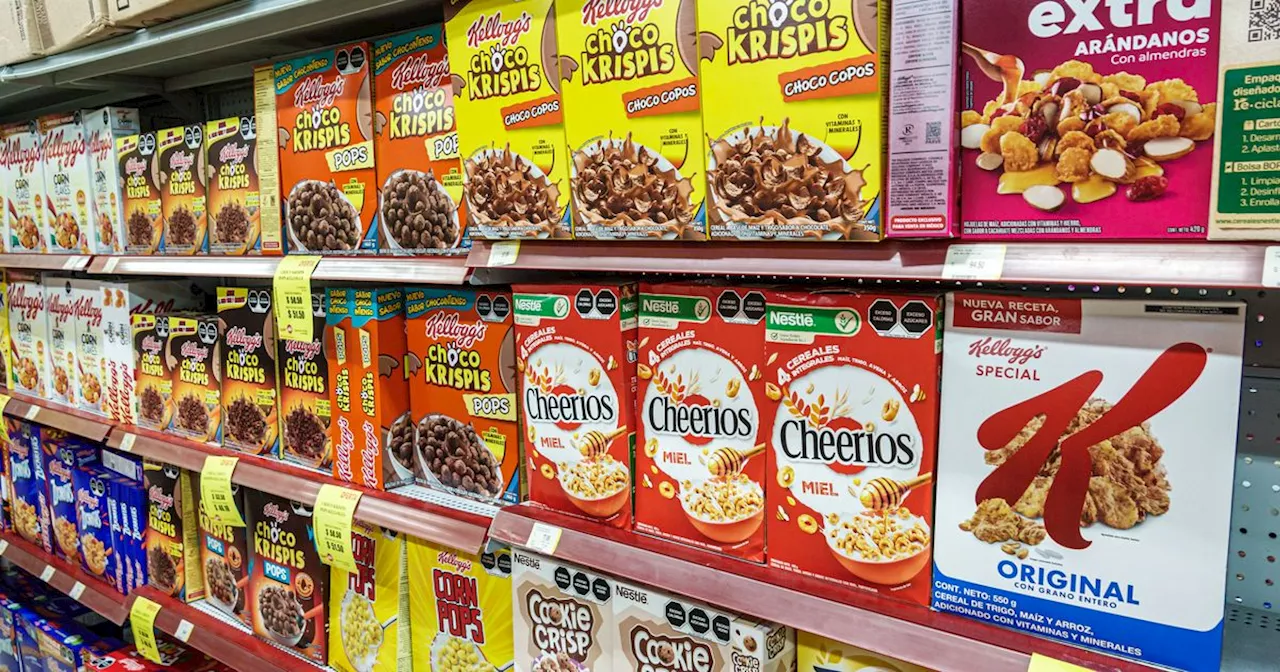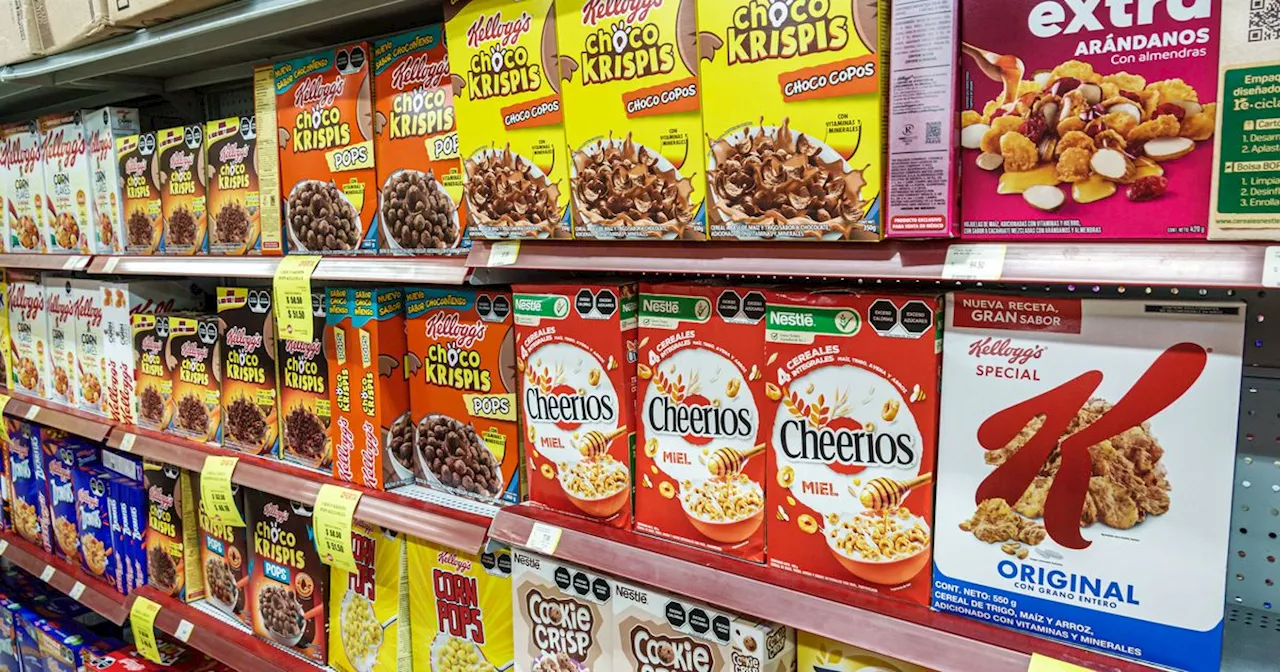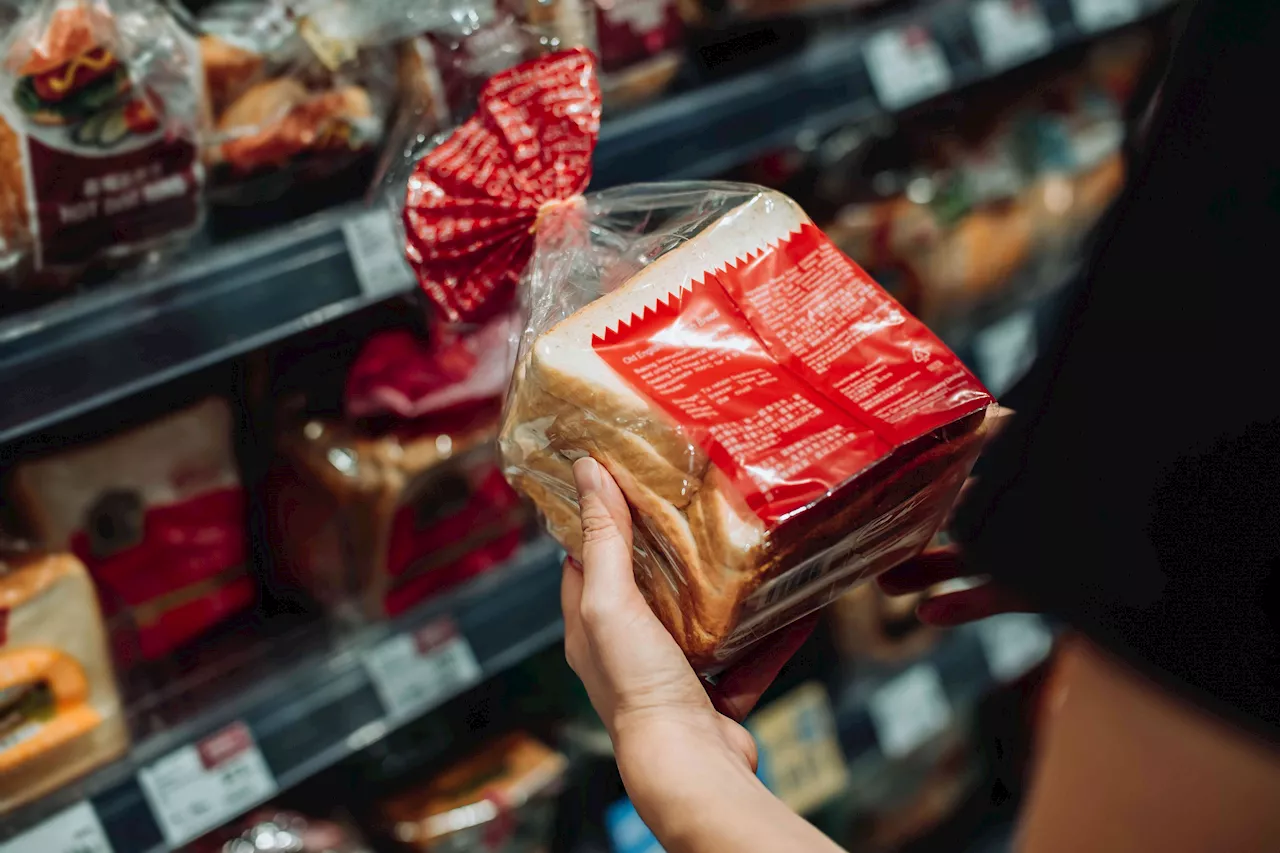This article delves into the hidden dangers of ultra-processed foods, focusing on their prevalence in the bread aisle. It explores the NOVA scale, expert advice on identifying less processed options, and the importance of choosing whole grains.
Increasing research points to the detrimental health effects of ultra-processed foods , heavily manufactured products laden with harmful additives. Despite this, ultra-processed foods constitute over 73% of the U.S. food supply, and bread often falls into this category. Experts offer strategies to identify the least processed bread options, such as selecting whole wheat varieties and scrutinizing ingredient lists for unfamiliar additions.
Most individuals acknowledge the need to minimize ultra-processed food consumption, as a growing body of research links them to various serious health conditions, including dementia, cardiovascular disease, and some types of cancer. However, this category is broad, encompassing items like brightly colored candy and other traditional junk food alongside seemingly less obvious culprits. Bread, a common pantry staple, presents a particular challenge for those striving to limit ultra-processed foods. So, what should you prioritize when seeking less processed bread choices? What even defines ultra-processed bread? Researchers often categorize foods based on their processing level using the NOVA scale, a classification system that divides foods into four main groups: Unprocessed or minimally processed foods exist in their natural state or have undergone minimal alterations, like washing or chopping. Processed foods have been altered from their natural state and often include added substances like sugar, oil, salt, or preservatives. Ultra-processed foods are highly processed and contain additional ingredients like artificial colors, flavors, preservatives, and other additives to enhance taste, texture, and shelf life.While bread generally falls into the processed food category due to its inherent components like flour, salt, sugar, yeast, and water, it can sometimes venture into the ultra-processed realm. Ingredients like emulsifiers, dough conditioners, and artificial sweeteners are frequently added to bread to improve its texture, enhance flavor, and extend its shelf life. These additions, while seemingly innocuous, contribute to the ultra-processed nature of the bread.Navigating the world of bread can be confusing, as the line between processed and ultra-processed can be blurry. However, experts offer valuable insights to help you make informed choices. Samantha Snashall, RDN, a nutritionist at Weill Cornell Medicine, suggests that the length and complexity of the ingredient list can serve as a guide. “The longer the list and the more foreign the word, the more ultra-processed it most likely is,” she advises. Furthermore, paying attention to the type of grain used in the bread is crucial. Whole grains, such as whole wheat, oats, or barley, are preferable to refined grains like white flour, as they retain all parts of the plant's seed, including the bran, germ, and endosperm. This composition provides a higher concentration of fiber, vitamins, and minerals
Food Ultra-Processed Foods Bread NOVA Scale Whole Grains Processed Foods Health Nutrition
United States Latest News, United States Headlines
Similar News:You can also read news stories similar to this one that we have collected from other news sources.
 Food Addiction: How Ultra-Processed Foods Hijack Our BrainsThis article explores the growing concern of food addiction, highlighting how ultra-processed foods are designed to trigger dopamine release, mimicking the effects of addictive substances. It discusses the long-term health consequences of this trend and the urgent need to address it.
Food Addiction: How Ultra-Processed Foods Hijack Our BrainsThis article explores the growing concern of food addiction, highlighting how ultra-processed foods are designed to trigger dopamine release, mimicking the effects of addictive substances. It discusses the long-term health consequences of this trend and the urgent need to address it.
Read more »
 The Ultra-Processed Debate: Are Cereals Really Unhealthy?A registered dietician (RD) discusses the NOVA food classification system and its implications for breakfast cereal, arguing that not all ultra-processed foods are created equal.
The Ultra-Processed Debate: Are Cereals Really Unhealthy?A registered dietician (RD) discusses the NOVA food classification system and its implications for breakfast cereal, arguing that not all ultra-processed foods are created equal.
Read more »
 Are All Cereals Really Ultra-Processed?This article challenges the common misconception that all breakfast cereals are unhealthy due to their classification as 'ultra-processed' under the NOVA food system. Registered dietician (RD) Melissa LeBlanc explains that while processing encompasses various methods, the NOVA scale was not intended to judge food healthiness. She emphasizes that some ultra-processed foods, like whole-grain cereals, provide essential nutrients, contrasting them with less nutritious options like candy bars.
Are All Cereals Really Ultra-Processed?This article challenges the common misconception that all breakfast cereals are unhealthy due to their classification as 'ultra-processed' under the NOVA food system. Registered dietician (RD) Melissa LeBlanc explains that while processing encompasses various methods, the NOVA scale was not intended to judge food healthiness. She emphasizes that some ultra-processed foods, like whole-grain cereals, provide essential nutrients, contrasting them with less nutritious options like candy bars.
Read more »
 California Governor Newsom Takes Aim at Ultra-Processed FoodsCalifornia Governor Gavin Newsom issues an executive order to limit access to ultra-processed foods, citing the need to protect public health and build upon the state's record on nutrition.
California Governor Newsom Takes Aim at Ultra-Processed FoodsCalifornia Governor Gavin Newsom issues an executive order to limit access to ultra-processed foods, citing the need to protect public health and build upon the state's record on nutrition.
Read more »
 California Gov. Newsom Orders Crackdown on 'Ultra-Processed' Foods and Food DyesCalifornia Governor Gavin Newsom issued an executive order to tackle the issue of 'ultra-processed' foods and synthetic food dyes, aiming to improve public health and nutrition.
California Gov. Newsom Orders Crackdown on 'Ultra-Processed' Foods and Food DyesCalifornia Governor Gavin Newsom issued an executive order to tackle the issue of 'ultra-processed' foods and synthetic food dyes, aiming to improve public health and nutrition.
Read more »
 California Governor Newsom Orders Crackdown on Ultra-Processed FoodsCalifornia Governor Gavin Newsom has issued an executive order targeting ultra-processed foods and synthetic food dyes. The order aims to investigate the health impacts of these substances and improve access to affordable, healthy food options. It also seeks recommendations on limiting the harm caused by ultra-processed foods.
California Governor Newsom Orders Crackdown on Ultra-Processed FoodsCalifornia Governor Gavin Newsom has issued an executive order targeting ultra-processed foods and synthetic food dyes. The order aims to investigate the health impacts of these substances and improve access to affordable, healthy food options. It also seeks recommendations on limiting the harm caused by ultra-processed foods.
Read more »
